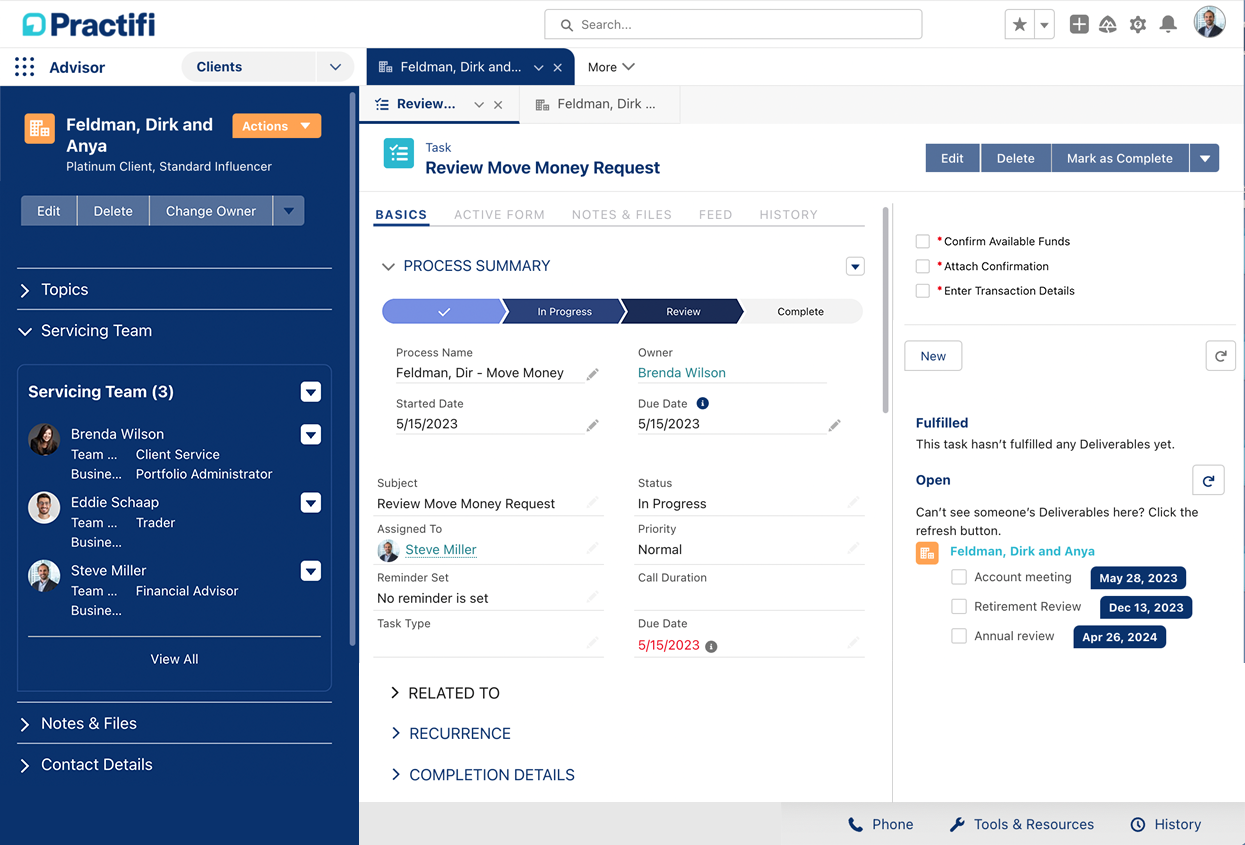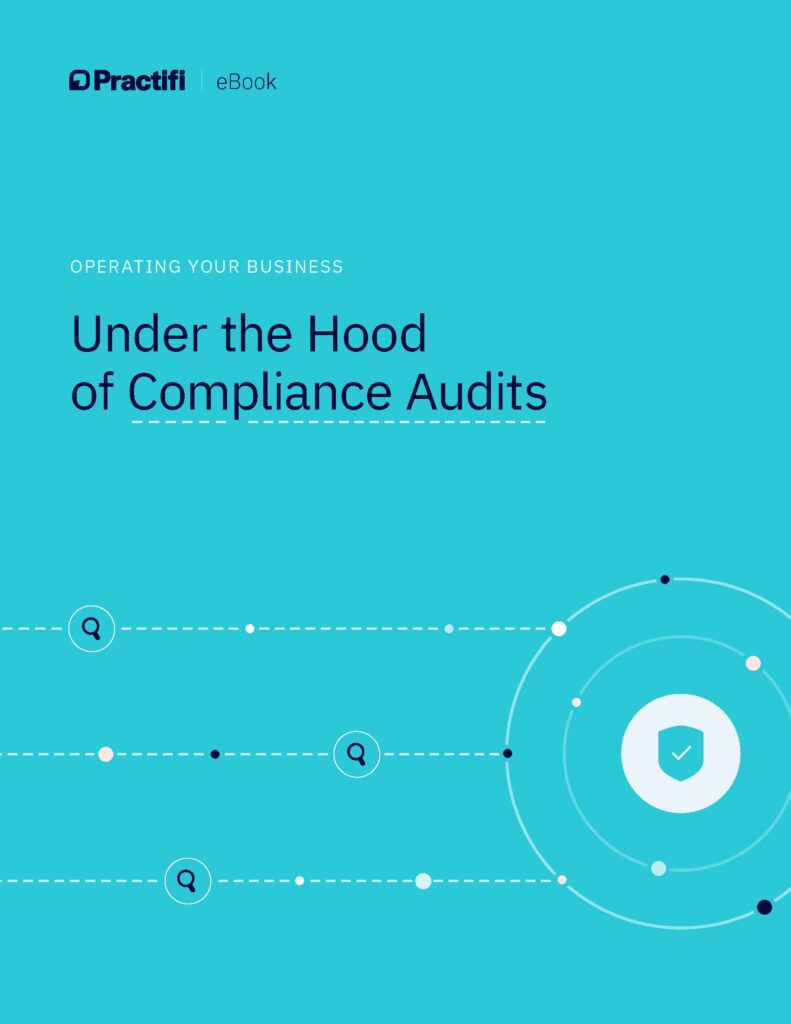
A CRM is Not a Glorified Rolodex – Here’s Why

By Rosa Atkinson
Think about it: your CRM can show you which clients might benefit from additional services or flag life events that could spark new conversations. It’s like having an extra set of eyes on your business, helping you catch the things that might slip through the cracks. These aren’t just numbers or data points — they’re chances to deepen relationships, build trust and grow your business in ways that feel natural and authentic. When you use your CRM this way, it stops being just another tool in your tech stack. It becomes a real driver of growth, helping you make the most of every interaction and strengthening your client relationships for the long haul.
Beyond Basic Data Storage
In the past, CRMs were primarily used to store and organize client data — names, addresses, phone numbers and email addresses. While this function remains crucial, today’s CRMs offer far more advanced features. They can automate routine tasks, such as sending follow-up emails or scheduling appointments, freeing up valuable time for advisors to focus on high-impact activities.
Today’s CRMs offer powerful analytics and reporting tools that surface insights from the vast amounts of data they hold. These insights can help advisors better understand client needs and behaviors, leading to more personalized service and better client outcomes. For instance, reporting can identify clients who may need attention empowering advisors to reach out and address potential issues and opportunities before they escalate.
Integration With Essential Tools
Another significant advancement in CRM technology is its ability to integrate seamlessly with other essential tools and platforms. For RIAs and wealth management firms, this means that the CRM can connect with financial planning software, portfolio management systems and even communication tools like email and chat platforms. This integration creates a more cohesive workflow, where data flows freely between systems, reducing the need for manual data entry and minimizing the risk of errors.
For example, when a client’s financial plan is updated, Practifi can automatically notify the advisor and trigger relevant follow-up tasks. This kind of automation ensures that nothing falls through the cracks, improving client service and satisfaction.
Enhanced User Experience Across Roles
While advisors and their service teams are the primary users of CRM systems, modern CRMs have expanded their capabilities to support other roles within the firm as well. For compliance teams, a CRM can track interactions and transactions, ensuring that all regulatory requirements are met and providing an easily accessible audit trail.
Marketing teams can leverage CRM data to create targeted campaigns, using client segmentation and behavioral data to deliver personalized content that resonates with clients. For instance, a marketing team could use CRM insights to identify clients who might be interested in a new investment product and then create a tailored email campaign to reach out to those clients.
Management teams can use CRM dashboards and reports to monitor KPIs, track client satisfaction and identify trends that could impact the business. This holistic view of the firm’s operations allows for better strategic decision-making ensuring all teams are aligned in their efforts to grow the business and enhance client relationships.
Unlock Growth Hidden in Your Client Data
Growing your business doesn’t always mean chasing new clients. A lot of the time, the best opportunities are right in front of you — within the relationships you already have. A good CRM can help you spot those opportunities, like finding patterns in client needs or highlighting areas where you can offer more value. It’s all about turning the data you already have into actionable insights.
Think about it: your CRM can show you which clients might benefit from additional services or flag life events that could spark new conversations. It’s like having an extra set of eyes on your business, helping you catch the things that might slip through the cracks. These aren’t just numbers or data points — they’re chances to deepen relationships, build trust and grow your business in ways that feel natural and authentic. When you use your CRM this way, it stops being just another tool in your tech stack. It becomes a real driver of growth, helping you make the most of every interaction and strengthening your client relationships for the long haul.
Busting the “Glorofied Rolodex” Myth
The idea that a CRM is merely a glorified Rolodex couldn’t be further from the truth. While it’s true that contact organization is a foundational feature, modern CRMs go far beyond simple storage. Today’s CRMs are designed to do much more—streamline workflows, provide actionable insights and even predict customer behavior. If your CRM isn’t helping you improve productivity, uncover sales opportunities or enhance customer engagement, it might be time to rethink what you’re looking for in a CRM. What should a CRM be doing to truly support your business goals? Asking this question can transform how you evaluate and use this powerful tool.










